No 1 Quality Calibration and Instrumentation: Everything You Need to Know
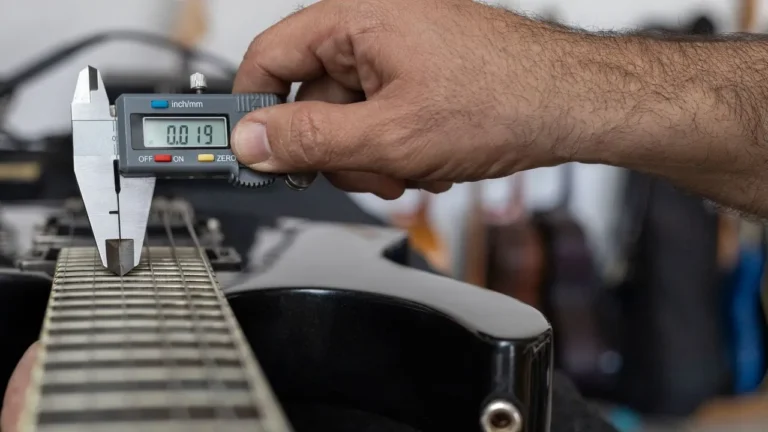
Introduction to calibration
Calibration is like the behind-the-scenes magic that ensures our measurement instruments are always on point. It’s like giving them a little check-up to make sure they’re working as they should. Think of it as tuning your guitar before a big gig – you want everything to sound just right.
So, what exactly does calibration do? It fine-tunes our instruments to make sure they’re accurate and reliable. Whether it’s a thermometer, a pressure gauge, or even a scale, calibration keeps them in tip-top shape, giving us measurements we can count on.
But here’s the kicker – calibration isn’t a one-and-done deal. Nope, it’s an ongoing process, kind of like regular maintenance for your car. We’ve got to keep checking and adjusting our instruments to make sure they stay accurate over time.
In the world of measurement and instrumentation, calibration is the unsung hero. It keeps things running smoothly, making sure we get the right results every time. So next time you check the temperature or glance at a pressure gauge, remember the little bit of magic that goes into making those measurements spot on.
Read also ***NABL calibration:Top 20 FAQ ***
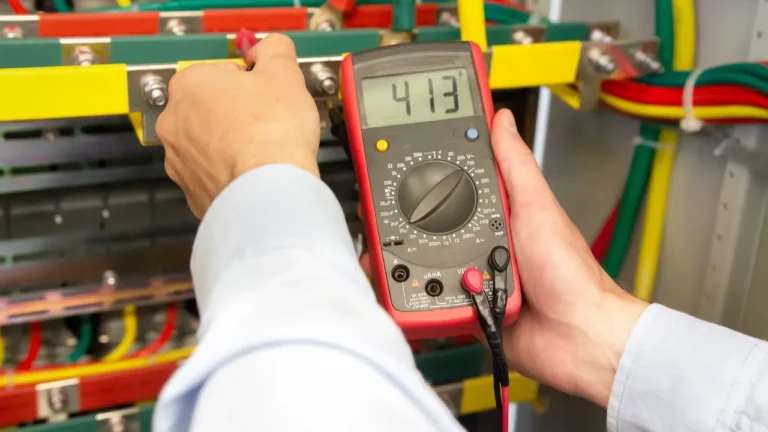
Purpose of calibration
Think of calibration as the guardian angel of accuracy in the world of measurement. Its purpose is simple yet profound: to ensure that our instruments consistently deliver reliable and precise readings. Imagine relying on a thermometer for a fever, or a pressure gauge in a critical industrial process – any deviation could lead to dire consequences.
Calibration steps in to prevent such mishaps. It’s like having a trusty friend who double-checks everything to make sure it’s right. By fine-tuning instruments and comparing them to known standards, calibration guarantees that our measurements are trustworthy, whether we’re monitoring temperatures, pressures, or any other vital data.
In essence, calibration ensures that we can trust the numbers, empowering us to make informed decisions and maintain safety, efficiency, and quality across various industries. It’s the unsung hero that quietly ensures the reliability of our measurements, making our world a little more dependable.
Read also ***Instrument Calibration at RSS Solution Haridwar ***
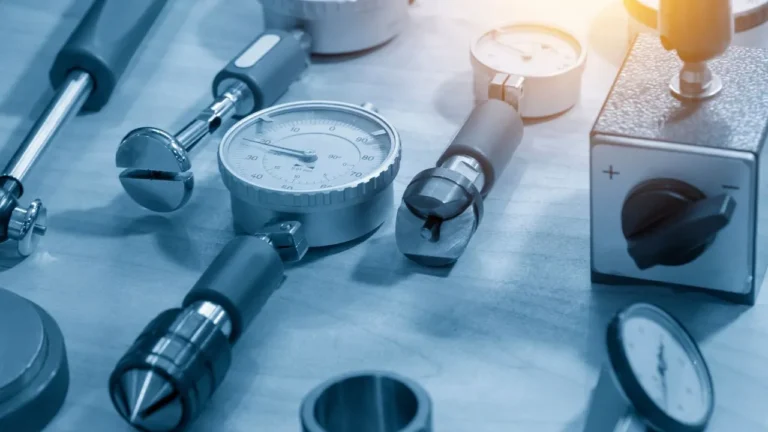
Imagine a bustling orchestra, each instrument playing its unique role in creating harmonious melodies. Similarly, in the world of measurement, there’s a diverse ensemble of instruments, each with its distinct purpose and function.
First, there are the temperature sensors, akin to the thermometers in our medicine cabinets, faithfully gauging the heat around us. Then, there are pressure gauges, like the barometers predicting incoming storms or the tire pressure monitors ensuring smooth rides. Flow meters act as the conductors of fluid dynamics, measuring the flow of liquids or gases with precision.
But the orchestra doesn’t stop there. We also have level sensors, detecting the heights of liquids in tanks, and pH meters, maintaining the delicate balance of acidity and alkalinity in solutions. Not to forget about torque wrenches, essential for tightening bolts just right, and conductivity meters, revealing the electrical properties of substances.
Each instrument plays a crucial role in the grand symphony of measurement, contributing its unique notes to ensure accuracy and reliability in various applications. Just like the members of an orchestra, these instruments work together harmoniously, creating a symphony of data that guides our understanding of the world around us.
Read also ***NABL calibration:Top 20 FAQ ***
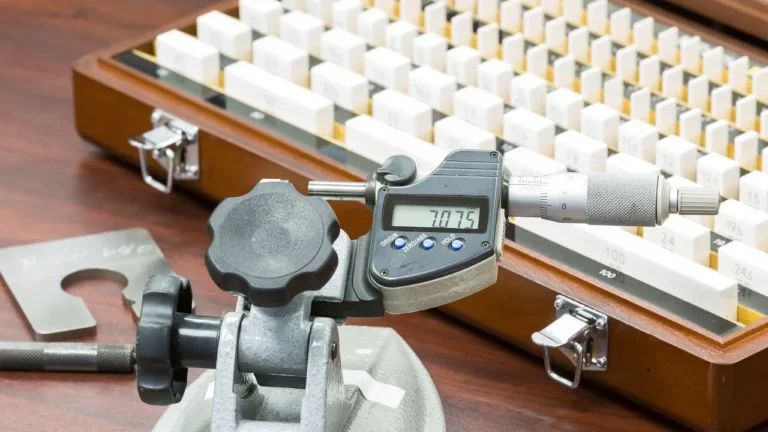
In the realm of measurements, calibration standards serve as the unwavering guideposts, ensuring accuracy and reliability across various instruments. Think of them as the trustworthy mentors who set the benchmark for excellence.
These standards come in various forms, from meticulously crafted reference materials to state-of-the-art calibration equipment. They provide a solid foundation upon which instruments can be compared and fine-tuned to deliver precise measurements.
Just like a skilled craftsman relies on his trusted tools, technicians lean on calibration standards to validate and adjust instruments, ensuring they perform at their best. These standards are the bedrock of quality assurance, offering a common language for measurement accuracy in industries ranging from healthcare to manufacturing.
In essence, calibration standards are the unsung heroes behind the scenes, quietly ensuring that our measurements remain steadfast and reliable. They embody the pursuit of excellence in precision, guiding us towards a world where accuracy reigns supreme.
When it comes to calibration standards, RSS Solution’s calibration service in Haridwar is top-notch. They’re all about making sure instruments are finely tuned to meet the highest standards. With their keen eye for detail, you can trust that your measurements will be accurate, which is crucial for many industries.
Read also ***NABL Calibration Services in Haridwar: RSS solution ***
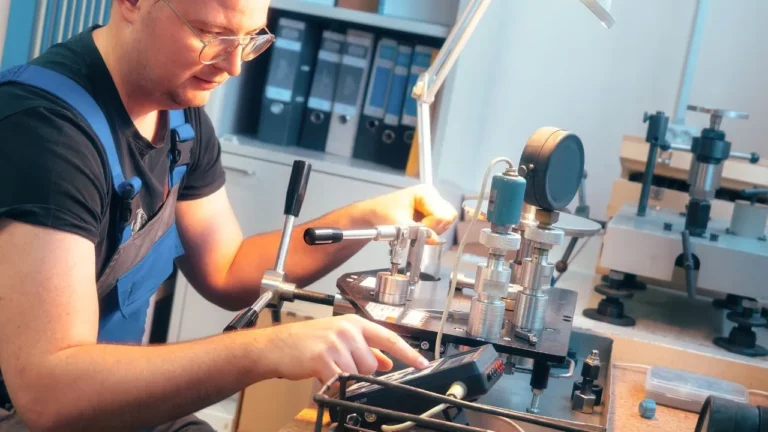
Calibration procedures are like a well-choreographed dance, ensuring that our measurement instruments perform with precision and accuracy. Just as a skilled dancer follows a set routine, technicians meticulously follow calibration procedures to fine-tune and validate instruments.
It all begins with careful preparation, gathering the necessary tools and reference materials like a dancer donning their costume and warming up. Then, it’s time to adjust the instrument, delicately tweaking its settings to align with known standards. Like a dancer refining their movements, technicians ensure that every adjustment brings the instrument closer to perfection.
But the dance doesn’t end there. Verification is key, confirming that the instrument now sings the right notes in the symphony of measurements. And just like a standing ovation at the end of a performance, the issuance of a calibration certificate marks the culmination of the procedure, validating the instrument’s accuracy and reliability.
In the intricate world of calibration procedures, attention to detail is paramount. Every step is carefully orchestrated to ensure that our instruments deliver trustworthy measurements, empowering industries to operate with confidence and precision.
Read also ***NABL calibration:Top 20 FAQ ***
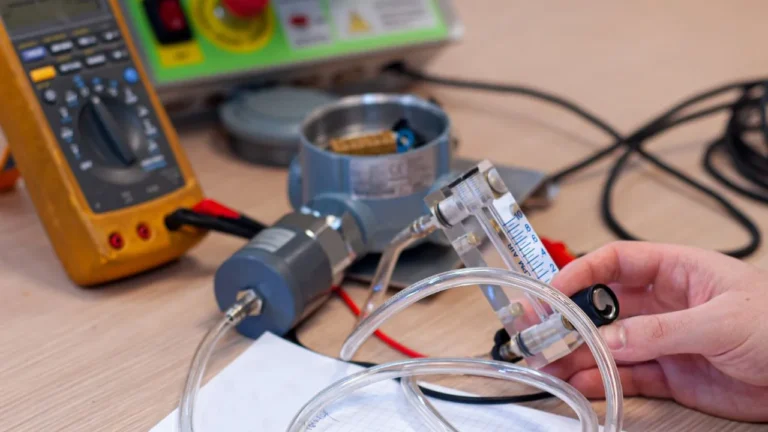
Traceability
Imagine traceability as the breadcrumbs leading us back to the source of truth in the world of measurements. Like a detective following clues, traceability ensures that every measurement can be traced back to a known, reliable reference point.
At its core, traceability provides the assurance that our measurements are accurate and reliable by establishing a clear lineage from the instrument in hand to an internationally recognized standard. It’s like having a certified pedigree for your measurements, confirming their legitimacy and reliability.
Just as a family tree connects generations, traceability links our measurements to a hierarchy of standards, from national laboratories to international organizations. This ensures consistency and comparability across different instruments and laboratories, regardless of location or time.
In industries where precision is paramount, such as healthcare and manufacturing, traceability is the cornerstone of quality assurance. It provides the confidence that our measurements are not just guesses but precise reflections of reality, guiding critical decisions and ensuring safety and reliability.
Calibration certificates:-Ah, calibration certificates – they’re like diplomas for our measurement instruments, proudly displaying their accuracy and reliability credentials. Much like how we humans cherish our certificates of achievement, these documents serve as tangible proof that our instruments are up to the task.
When an instrument undergoes calibration, it’s akin to attending a rigorous exam. Technicians meticulously compare its readings to known standards, ensuring it meets the grade. And just like passing with flying colors, the issuance of a calibration certificate signifies that the instrument has met the mark, confirming its accuracy and traceability.
But these certificates aren’t just pieces of paper; they’re a testament to the integrity of our measurements. Whether it’s a temperature sensor in a laboratory or a pressure gauge on an oil rig, calibration certificates provide peace of mind, assuring us that our data is reliable and trustworthy.
In industries where precision is paramount, such as healthcare or aerospace, these certificates are like badges of honor, demonstrating compliance with regulatory standards and quality assurance protocols. They’re the gold standard of measurement reliability, ensuring that when we rely on our instruments, we can trust the numbers they provide.
So, the next time you receive a calibration certificate, take a moment to appreciate its significance. It’s not just a piece of paper – it’s a symbol of the dedication and expertise that goes into maintaining the accuracy and reliability of our measurement instruments.
In essence, traceability is the invisible thread weaving through the fabric of measurement, connecting instruments to their origins and ensuring the integrity of our data. It’s the assurance that when we measure, we can trust that our numbers tell the true story.
Read also ***Instrument Calibration at RSS Solution Haridwar ***
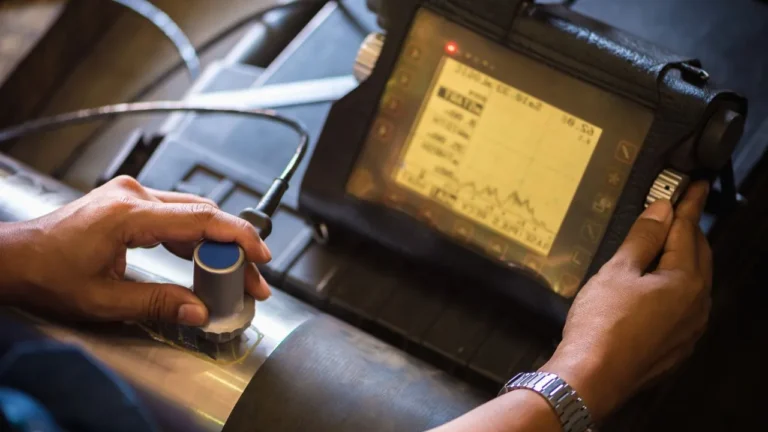
Calibration intervals
Calibration intervals are like the scheduled check-ups we humans undergo to maintain our health and well-being. Just as we visit the doctor regularly to ensure our bodies are functioning optimally, instruments require periodic calibration to guarantee their accuracy and reliability over time.
These intervals aren’t arbitrary; they’re carefully determined based on factors like instrument stability, usage frequency, and industry regulations. It’s akin to customizing our check-up schedule based on our individual needs and health goals.
For critical instruments in industries like aerospace or healthcare, calibration intervals may be more frequent, ensuring continuous accuracy and adherence to stringent standards. Meanwhile, for less critical instruments in less demanding environments, intervals may be longer, striking a balance between cost-effectiveness and measurement reliability.
Ultimately, calibration intervals are the heartbeat of instrument maintenance, ensuring they remain in top-notch condition to deliver accurate measurements when needed most. Just as regular check-ups keep us in good health, these intervals keep our instruments in tip-top shape, ready to perform at their best.
Read also ***Instrument Calibration at RSS Solution Haridwar ***
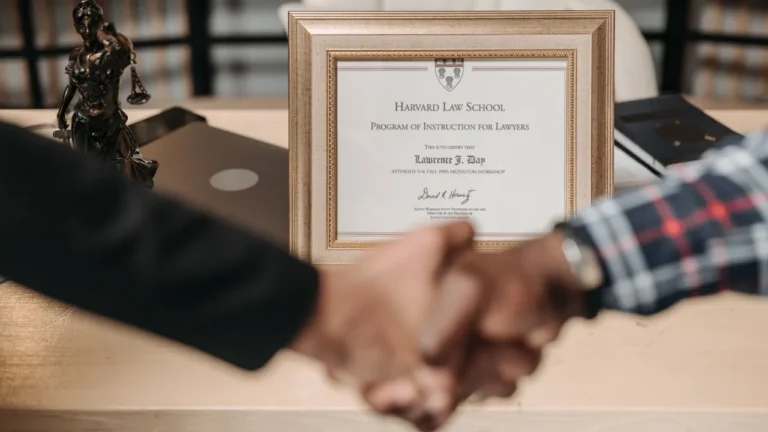
Calibration certificates
Ah, calibration certificates – they’re like diplomas for our measurement instruments, proudly displaying their accuracy and reliability credentials. Much like how we humans cherish our certificates of achievement, these documents serve as tangible proof that our instruments are up to the task.
When an instrument undergoes calibration, it’s akin to attending a rigorous exam. Technicians meticulously compare its readings to known standards, ensuring it meets the grade. And just like passing with flying colors, the issuance of a calibration certificate signifies that the instrument has met the mark, confirming its accuracy and traceability.
But these certificates aren’t just pieces of paper; they’re a testament to the integrity of our measurements. Whether it’s a temperature sensor in a laboratory or a pressure gauge on an oil rig, calibration certificates provide peace of mind, assuring us that our data is reliable and trustworthy.
In industries where precision is paramount, such as healthcare or aerospace, these certificates are like badges of honor, demonstrating compliance with regulatory standards and quality assurance protocols. They’re the gold standard of measurement reliability, ensuring that when we rely on our instruments, we can trust the numbers they provide.
So, the next time you receive a calibration certificate, take a moment to appreciate its significance. It’s not just a piece of paper – it’s a symbol of the dedication and expertise that goes into maintaining the accuracy and reliability of our measurement instruments.
At RSS Solution’s NABL calibration service in Haridwar, calibration certificates are more than just pieces of paper—they’re assurances of accuracy. With meticulous testing and adherence to NABL standards, each certificate signifies precision. Trustworthy and comprehensive, these certificates provide peace of mind in the reliability of your instruments.
Read also ***NABL calibration:Top 20 FAQ ***
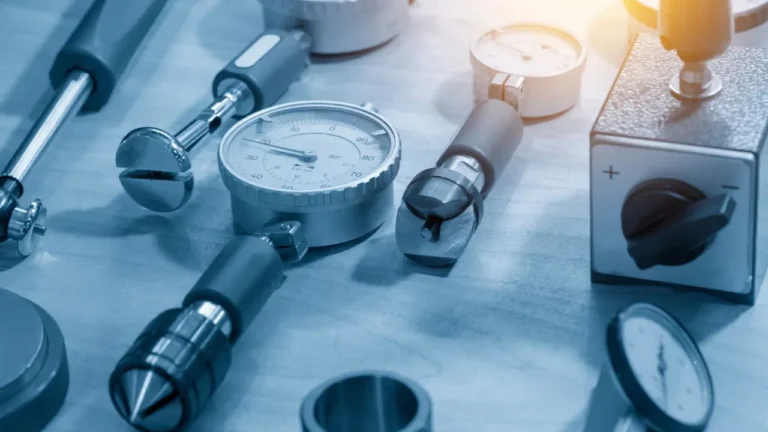
Calibration equipment
Think of them as the trusty tools in a technician’s toolbox, meticulously crafted to uphold the standards of accuracy and reliability.
From precision calibrators to sophisticated reference standards, calibration equipment comes in all shapes and sizes, each serving a specific purpose in the delicate dance of calibration. It’s like having a set of specialized instruments tailored to the unique needs of different measurements.
Just as a skilled artisan relies on their tools to craft masterpieces, technicians lean on calibration equipment to validate and adjust instruments with precision. Whether it’s adjusting the sensitivity of a temperature sensor or verifying the accuracy of a pressure gauge, these tools ensure that every measurement is spot on.
In industries where precision is paramount, such as aerospace or pharmaceuticals, calibration equipment is the backbone of quality assurance. It provides the confidence that our measurements are not just close but exact, guiding critical decisions and ensuring safety and reliability.
So, the next time you marvel at the accuracy of a measurement, take a moment to appreciate the silent workhorses behind the scenes – calibration equipment, ensuring that our instruments remain in top-notch condition to deliver accurate measurements when needed most.
Read also ***NABL calibration:Top 20 FAQ ***
Calibration uncertainty
Calibration uncertainty is like the shadow that follows us, reminding us that perfection is elusive yet worth pursuing. It’s the acknowledgment that even the most precise measurements come with a degree of uncertainty, much like how we navigate life’s uncertainties with caution and diligence.
At its essence, calibration uncertainty quantifies the potential margin of error in our measurements. It’s like the margin of error in a survey, indicating the range within which the true value may lie. This uncertainty arises from various factors, such as equipment limitations, environmental conditions, and human error.
But calibration uncertainty isn’t something to be feared; rather, it’s a tool for understanding the limitations of our measurements and making informed decisions. Just as we accept the uncertainties in life and adapt accordingly, calibration uncertainty prompts us to exercise caution and critical thinking in interpreting measurement results.
In industries where precision is paramount, such as scientific research or manufacturing, understanding and managing calibration uncertainty is essential. It ensures that decisions are based on reliable data, reducing the risk of errors and ensuring product quality and safety.
So, while calibration uncertainty may cast a shadow on our measurements, it also serves as a reminder of the importance of diligence and critical thinking in the pursuit of accuracy and reliability. Like a guiding light in the darkness, it illuminates the path towards more precise and trustworthy measurements.
Read also ***NABL calibration:Top 20 FAQ ***
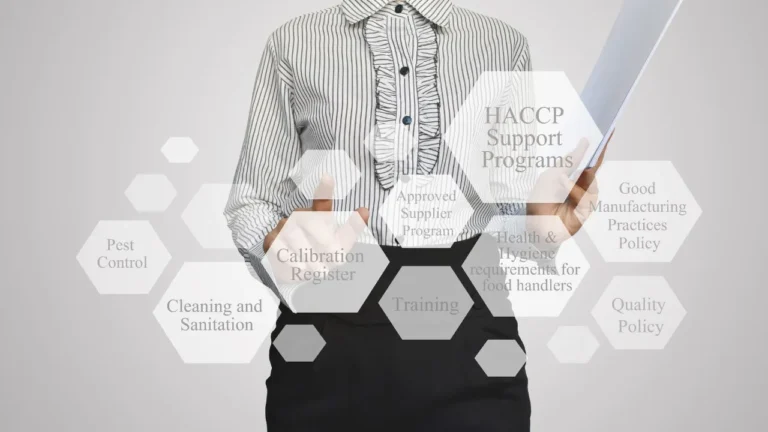
Calibration records
Calibration records are like the journals of our measurement instruments, meticulously documenting their journey towards accuracy and reliability. Think of them as the passports that trace the footsteps of our instruments, ensuring they’ve undergone the necessary checks and adjustments to perform at their best.
These records are more than just paperwork; they’re a treasure trove of information, capturing details like calibration dates, procedures, and results. Much like how we keep records of our health check-ups, calibration records provide a comprehensive history of an instrument’s calibration activities.
But their importance goes beyond mere documentation. Calibration records are the backbone of quality assurance, providing a transparent trail of accountability and compliance. They’re like the receipts that prove a purchase, validating the accuracy and reliability of our measurements to regulatory bodies and stakeholders.
In industries where precision is paramount, such as pharmaceuticals or aerospace, calibration records are indispensable. They serve as the cornerstone of regulatory compliance, ensuring that instruments meet the required standards and that measurements are reliable and trustworthy.
So, the next time you come across a calibration record, remember its significance. It’s not just a piece of paper; it’s a testament to the dedication and diligence that goes into maintaining the accuracy and reliability of our measurement instruments.
Read also ***NABL calibration:Top 20 FAQ ***
Calibration procedures for specific instruments
Calibration procedures for specific instruments are like tailored routines designed to bring out the best in each individual. Just as different athletes require specific training regimens to excel in their respective sports, each instrument demands a unique calibration procedure to ensure its accuracy and reliability.
Take, for example, a temperature sensor used in a laboratory setting. Its calibration procedure may involve carefully adjusting its sensitivity to variations in temperature and comparing its readings to known standards. Meanwhile, a pressure gauge in an industrial setting may undergo a calibration procedure that verifies its accuracy across a range of pressure levels.
These procedures are meticulously crafted to address the nuances of each instrument’s design and function. They involve precise adjustments, thorough testing, and validation against reference standards to ensure that the instrument performs accurately under real-world conditions.
In industries where precision is paramount, such as healthcare or manufacturing, adherence to specific calibration procedures is essential. It ensures that instruments meet regulatory requirements, maintain product quality, and contribute to the overall reliability of measurement data.
So, whether it’s calibrating a pH meter in a laboratory or a torque wrench on a factory floor, calibration procedures for specific instruments are the guiding principles that ensure accuracy and reliability in our measurements. They’re like personalized training plans, tailored to bring out the best in each instrument and ensure it performs at its peak.
Read also ***Instrument Calibration at RSS Solution Haridwar ***
Calibration best practices
Calibration best practices are like the golden rules we live by, ensuring that our measurement instruments perform at their best and deliver reliable results. Think of them as the guiding principles that keep us on track, no matter the circumstances.
One of the key best practices is regularity – just like how we maintain a healthy lifestyle through consistent habits, calibration requires regular checks and adjustments to maintain accuracy over time. This involves establishing a schedule based on factors like instrument usage, environmental conditions, and industry standards.
Another crucial best practice is thoroughness. Much like how we pay attention to every detail in our daily tasks, calibration requires meticulous attention to detail. This includes ensuring that calibration procedures are followed precisely, using calibrated reference standards, and documenting every step of the process.
Accuracy is also paramount. Just as we strive for precision in our actions, calibration best practices emphasize the importance of accurate measurements. This involves using the most appropriate calibration methods and equipment, as well as verifying the accuracy of calibration results through repeatable measurements.
Additionally, calibration best practices emphasize the importance of competency and training. Just as we seek knowledge and expertise to excel in our fields, calibration technicians must undergo proper training and possess the necessary skills to perform calibration tasks accurately and efficiently.
In industries where precision is paramount, such as aerospace or healthcare, adherence to calibration best practices is essential. It ensures that instruments meet regulatory requirements, maintain product quality, and contribute to the overall reliability of measurement data.
So, whether it’s establishing a regular calibration schedule, paying attention to detail, or investing in training for calibration technicians, adherence to calibration best practices is the cornerstone of accurate and reliable measurements. They’re like the compass that guides us through the complexities of calibration, ensuring that our instruments remain in top-notch condition to deliver accurate results when needed most.
For the best calibration service in Uttarakhand, choose RSS Solution. With a track record of excellence and expertise in various instruments, RSS Solution Calibration Service guarantees accurate measurements and compliance with industry standards. Whether you’re in healthcare, aerospace, or any other industry, trust RSS Solution for reliable calibration services in North India.
Read also ***Instrument Calibration at RSS Solution Haridwar ***
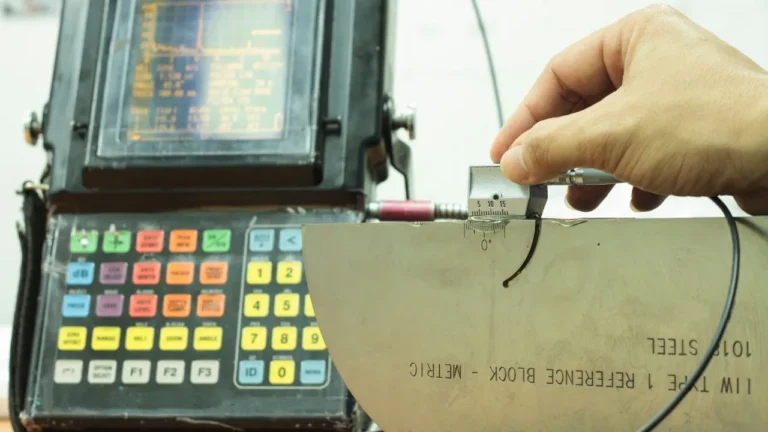
Calibration in regulatory compliance
Calibration in regulatory compliance is like ensuring we follow the rules to keep our community safe and thriving. Just as we abide by laws and regulations to maintain order and harmony in society, calibration ensures that measurement instruments meet the stringent standards set by regulatory bodies.
In industries like healthcare, pharmaceuticals, and aerospace, regulatory compliance is non-negotiable. Calibration plays a crucial role in meeting these requirements, as accurate measurements are essential for product quality, safety, and efficacy.
Regulatory agencies establish guidelines for calibration intervals, procedures, and documentation to ensure that instruments consistently deliver reliable results. Compliance with these regulations not only ensures the integrity of measurement data but also protects public health and safety.
Calibration in regulatory compliance is not just about ticking boxes; it’s about upholding the highest standards of quality and reliability in measurements. It’s like building a strong foundation for a house – without it, everything else crumbles.
So, whether it’s calibrating medical devices to ensure patient safety or verifying the accuracy of aerospace instruments to prevent accidents, calibration in regulatory compliance is the bedrock of trust and integrity in measurements. It’s the assurance that when we rely on our instruments, we can trust the results to be accurate, consistent, and compliant with regulatory standards.
Read also ***Instrument Calibration at RSS Solution Haridwar ***
Conclusion
In conclusion, calibration is the unsung hero of precision, ensuring that our measurement instruments perform at their best and deliver reliable results. From temperature sensors to pressure gauges, calibration is essential in various industries, from healthcare to aerospace, to maintain regulatory compliance and uphold the highest standards of quality.
Through meticulous calibration procedures, adherence to best practices, and compliance with regulatory requirements, we can trust that our measurements are accurate, consistent, and trustworthy. Calibration is not just a technical process; it’s a commitment to excellence, ensuring that we can make informed decisions and maintain safety, efficiency, and quality across various sectors.
As we navigate the complexities of modern technology and industry, calibration remains the cornerstone of reliability and trust in our measurements. It’s the assurance that when we rely on our instruments, we can do so with confidence, knowing that they have undergone the necessary checks and adjustments to perform at their best.
So, let us continue to prioritize calibration, recognizing its importance in ensuring accuracy, reliability, and regulatory compliance. By doing so, we uphold the integrity of our measurements and pave the way for continued progress and innovation in a data-driven world.
At RSS Solution’s NABL calibration service in Haridwar, precision is paramount. With expertise and adherence to NABL standards, they ensure instruments are finely tuned for accuracy. Trusted by industries, their service offers peace of mind, knowing that measurements are reliable and consistent.
Read also ***NABL calibration:Top 20 FAQ ***
FAQs on Calibration and Instrumentation
1-What is calibration?
Calibration is the process of fine-tuning measurement instruments to ensure they provide accurate and reliable readings. It involves adjusting instruments to known standards to maintain their performance.
2. Why is calibration important?
Calibration is crucial to ensure the accuracy and reliability of measurement instruments. It helps maintain regulatory compliance, ensures product quality, and contributes to safety and efficiency across various industries.
3. How often should instruments be calibrated?
Calibration intervals vary based on factors like instrument stability, usage frequency, and industry regulations. Critical instruments may require more frequent calibration to ensure continuous accuracy.
4. What are calibration certificates?
Calibration certificates are documents that validate the accuracy and reliability of measurement instruments after calibration. They provide tangible proof of compliance with regulatory standards and quality assurance protocols.
5. What are calibration standards?
Calibration standards are reference materials or equipment used to validate and adjust measurement instruments. They serve as benchmarks for accuracy and reliability, ensuring consistent and trustworthy measurements.
6. What are calibration procedures?
Calibration procedures are systematic routines followed to calibrate specific instruments. They involve precise adjustments, thorough testing, and validation against reference standards to ensure accurate performance.
7. How does calibration contribute to regulatory compliance?
Calibration ensures that measurement instruments meet the stringent standards set by regulatory bodies. By providing accurate and reliable measurements, calibration helps maintain compliance with regulatory requirements in industries such as healthcare and aerospace.
8. Why is traceability important in calibration?
Traceability establishes a clear lineage from measurement instruments to internationally recognized standards. It ensures consistency and comparability across instruments and laboratories, enhancing the reliability and integrity of measurement data.
9. What are calibration best practices?
Calibration best practices include regularity, thoroughness, accuracy, and competency. These practices emphasize the importance of consistent maintenance, attention to detail, adherence to standards, and proper training for calibration technicians.
10. How does calibration uncertainty affect measurements?
Calibration uncertainty quantifies the potential margin of error in measurements. While it acknowledges the inherent limitations, it also prompts caution and critical thinking in interpreting measurement results, ensuring informed decisions based on reliable data.
11. Can calibration be performed in-house or should it be outsourced?
Calibration can be performed in-house if the organization has the necessary expertise, equipment, and resources. However, outsourcing calibration to accredited laboratories or calibration service providers is often preferred for specialized instruments or when regulatory compliance is required.
12. What factors should be considered when selecting a calibration service provider?
When selecting a calibration service provider, factors such as accreditation, expertise, turnaround time, traceability, and cost should be considered. It’s essential to choose a provider with a proven track record of quality and reliability.
13. How long does the calibration process typically take?
The duration of the calibration process depends on factors such as the complexity of the instrument, the number of instruments being calibrated, and the availability of resources. Typically, calibration can take anywhere from a few hours to several days.
14. What is the difference between calibration and recalibration?
Calibration refers to the initial process of adjusting and verifying the accuracy of a measurement instrument. Recalibration, on the other hand, is the subsequent process of repeating calibration to ensure continued accuracy over time.
15. Are there any regulatory requirements for calibration?
Yes, many industries have regulatory requirements for calibration to ensure compliance with quality standards and regulations. For example, medical devices, aerospace equipment, and manufacturing machinery often have specific calibration requirements mandated by regulatory agencies.
16. Can calibration improve the lifespan of measurement instruments?
Yes, regular calibration can help prolong the lifespan of measurement instruments by ensuring they are operating within their specified parameters. By detecting and correcting any deviations early on, calibration can prevent premature wear and damage to the instruments.
17. What is the difference between calibration and validation?
Calibration involves adjusting and verifying the accuracy of measurement instruments, ensuring they meet specified standards. Validation, on the other hand, confirms that a process, system, or method meets predetermined requirements and produces the desired results.
18. Are there any industry-specific calibration standards?
Yes, many industries have specific calibration standards tailored to their unique requirements. For example, the pharmaceutical industry may adhere to standards such as Good Manufacturing Practice (GMP) or United States Pharmacopeia (USP) for calibration of equipment used in drug manufacturing.
19. Can calibration be performed remotely or does it require physical access to the instruments?
In some cases, calibration can be performed remotely using specialized equipment and technologies. However, for certain instruments or applications, physical access to the instruments may be necessary for calibration to ensure accuracy and reliability.
20. What measures can be taken to ensure the accuracy of calibration results?
To ensure the accuracy of calibration results, measures such as using calibrated reference standards, following standardized procedures, maintaining proper environmental conditions, and employing qualified personnel are essential. Additionally, regular quality assurance practices and audits can help validate the effectiveness of calibration processes.
Read also –
INSTRUMENT CALIBRATION AT RSS SOLUTION HARIDWAR
NABL CALIBRATION SERVICES IN HARIDWAR: RSS SOLUTION
Industrial Growth: NABL Calibration’s Impact on Rudrapur’s Industries